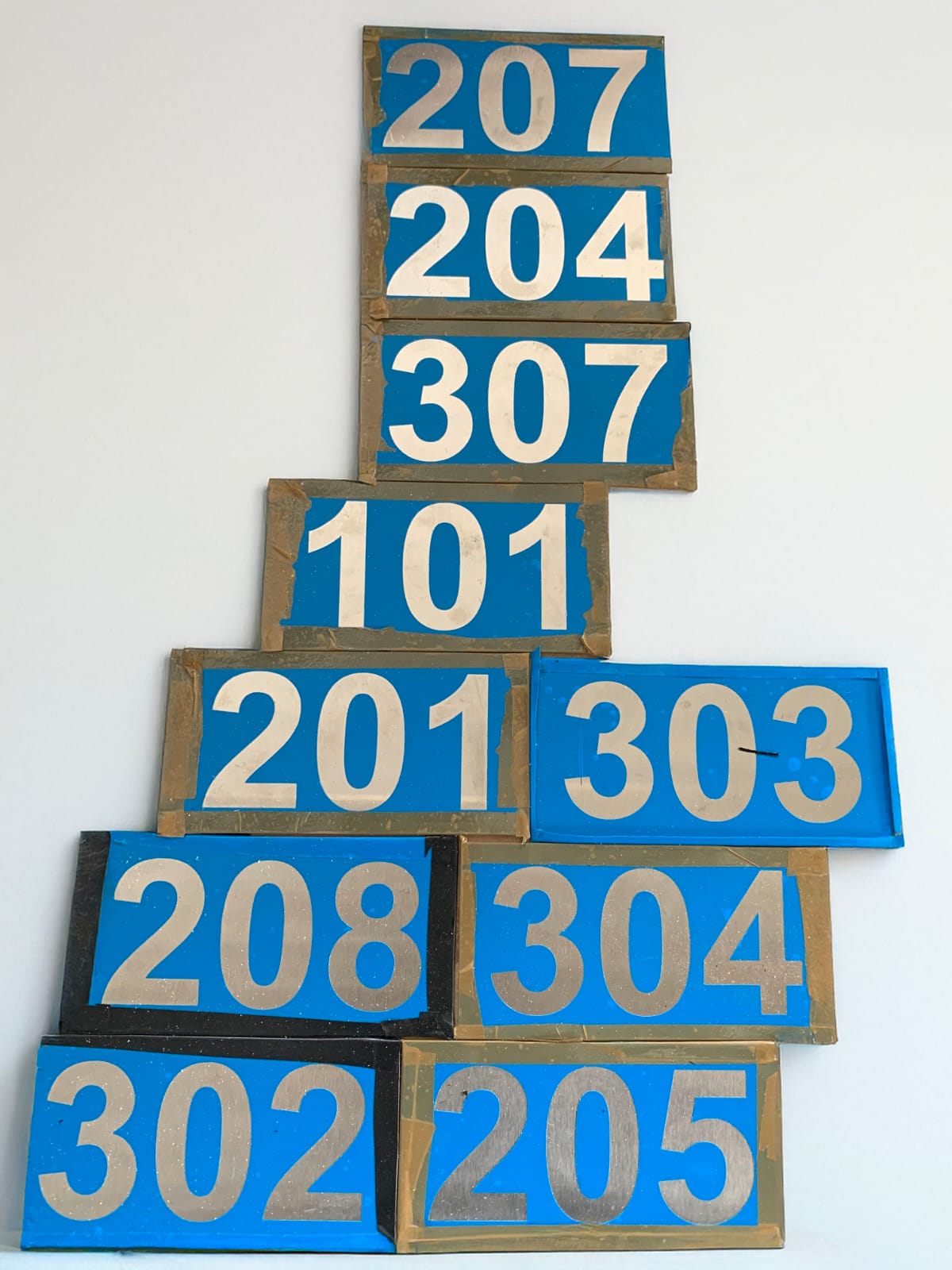Whiteness Signage
Thycaud - Thiruvananthapuram
Products & Service Areas:
Whiteness Signage, Thycaud, Thiruvananthapuram, Reviews, Contact number, Phone number, Address, Map, Sign Board Makers in Thycaud, Thiruvananthapuram, MORE..
Since : 2006
Thycaud - Thiruvananthapuram
Products & Service Areas:
Whiteness Signage, Thycaud, Thiruvananthapuram, Reviews, Contact number, Phone number, Address, Map, Sign Board Makers in Thycaud, Thiruvananthapuram, MORE..
Since : 2006
LED fabric boards are innovative signage solutions that use LED technology to create vibrant, eye-catching displays. These boards incorporate high-quality fabric stretched over an illuminated frame, producing an elegant, seamless glow. LED fabric boards are commonly used in retail stores, corporate offices, and commercial buildings to enhance brand visibility and attract customers. Manufacturers of LED fabric boards specialize in crafting customized solutions based on clients’ requirements, offering a range of styles, sizes, and lighting effects.
· Whiteness Signage
· Swathi Signs
· Zebra The Signage Hub
· Matt Gloss Advertising
· Colour Dots
· Oberono Sign and CNC Work
· Fab Master
· Pixma Graphics
· Kamala Digital House
· Sign World
Signage plays a vital role in branding, communication, and navigation for businesses and organizations. From indoor signs that enhance your interior environment to outdoor signage that draws attention, the design of signage boards is a creative and technical process. This guide covers various aspects of Signage Board Design, including Indoor & Outdoor Signage, Digital Signage, and Signage Works. We also include a section with Frequently Asked Questions (FAQs) to help you understand common queries related to signage design and installation.
Signage board design refers to the creative process of developing visual signs that communicate information, promote businesses, or help with navigation. It combines elements of graphic design, typography, and material selection to create signs that are not only functional but also visually appealing. Signage boards are a key component of branding and customer engagement in both public and private spaces.
Indoor signage is essential for interior branding, wayfinding, and informational purposes. A well-designed indoor sign can reinforce a brand’s identity and create a seamless experience for customers and employees alike.
Types of Indoor Signage:
Key Design Considerations:
Outdoor signage is often the first interaction a customer has with your business. A well-designed outdoor sign can significantly enhance visibility and draw attention to your location.
Types of Outdoor Signage:
Key Design Considerations:
Types of Digital Signage:
Key Design Considerations:
A1: Indoor signage is designed for use inside buildings, focusing on branding, wayfinding, and information, often using materials like acrylic or vinyl. Outdoor signage is exposed to the elements, so it’s built with weather-resistant materials like metal or PVC and focuses on visibility and durability.
Q2: How long do outdoor signs last?
A2: The lifespan of an outdoor sign depends on the materials used and environmental conditions. For example, metal signs can last up to 10 years, while vinyl banners may only last 1-3 years. Regular maintenance can extend the lifespan.
Q3: Can digital signage be used outdoors?
A3: Yes, digital signage can be used outdoors, but it requires high-brightness displays and weatherproof enclosures to withstand the elements.
Q4: What materials are best for outdoor signage?
A4: Common materials for outdoor signage include aluminum, PVC, acrylic, and high-quality vinyl. These materials are durable and can withstand various weather conditions.
Q5: How do I choose the right signage for my business?
A5: Consider factors like the location of the sign (indoor or outdoor), the purpose (branding, wayfinding, etc.), budget, and the target audience. Consulting with a professional signage designer can help ensure you make the right choice.
Q6: What is the cost of signage design and installation?
A6: The cost varies based on the size, materials, complexity, and type of sign. Indoor signs can range from $100 to $500, while large outdoor signs or digital signage can cost several thousand dollars.
Q7: How do I maintain my signage?
A7: Regular cleaning, checking for wear and tear, and ensuring the sign's lighting (if applicable) is working are essential maintenance steps. For digital signs, updating content and checking software functionality is important.

Thiruvananthapuram, Thycaud

Thiruvananthapuram, Thycaud